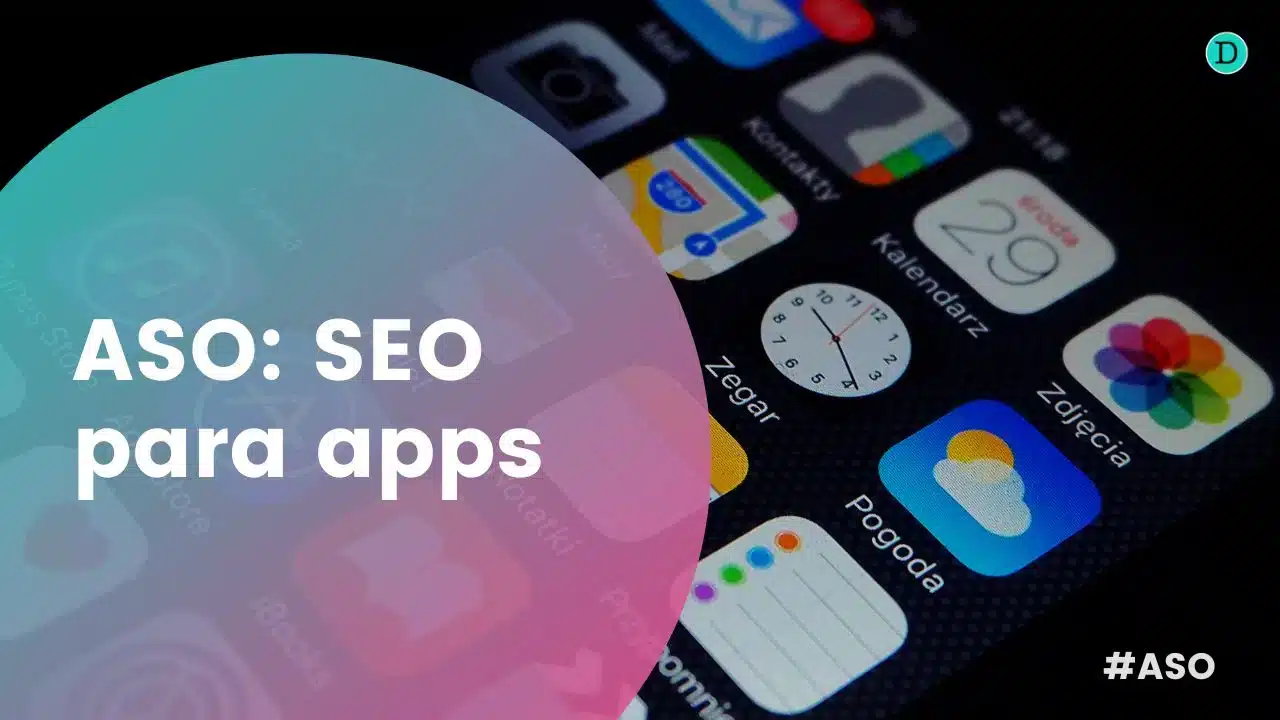
Ema Mota
Paid Media Specialist
In the constant quest to innovate in the digital advertising arena, Google has a powerful and versatile tool that is changing the rules of the game for advertisers: the Performance Max Campaigns (PMAX). These campaigns significantly improve the effectiveness and reach of ads using Google Ads' extensive inventory in a single campaign. integrated campaign. In this article, we will explore the key features of the PMAXThe best way to use them, their benefits, when best to use them and how to set them up to maximise your results.
Why use PMAX Campaigns?
The PMAX of Google Ads rely on the artificial intelligence to serve ads on various Google platforms such as Search, Display, YouTube, Gmail and Discover. They complement traditional keyword-based campaigns and are designed to expand your customer base and improving performance aligned with your conversion goals.
The Peak Performance Campaigns bring multiple benefits to your advertising efforts on Google Ads:
Maximising conversions
The PMAX help you to personalise and achieve your marketing goalsusing the ecosystem of Google to increase conversions or their value.
The capacity to reaching users through different channels is reinforced by the real-time analysis from Google on consumer intentions and preferences.
Simple creation process
As mentioned above, the PMAX Campaigns allow you to create the same advertisement for different platformsThis translates into significant time savings. In addition, they include in a single place all the options of segmentation of hearings that we have in other types of campaigns, making it possible for us to much easier and more intuitive creation process.
Automatic data-driven optimisation
The application of advanced analysis and attribution techniques on the various Google channels allows you to make strategic adjustments for increase valuable interactions, increasing the likelihood of conversions. These adjustments translate into recommendations for new texts, audiences or even geographic locations.
Detailed resource analysis
The PMAX reports show which creatives are most effectiveproviding insights valuable for fine-tuning your creative and advertising strategies. In addition, the Google AI uses this information to create new ad combinations with a high probability of success.
Broad audience coverage
Thanks to the such a broad segmentation that such campaigns offer, efforts can be targeted to much more specific audiences, avoiding losing budget in audiences that are not interested.
When to use PMAX Campaigns?
If you already have a Google Ads historyyou have a good database and a decent budget to invest, these campaigns are likely to bring you high returns. Keep in mind that in order for the Google AI can optimise in the right way, it needs a large amount of data. This allows you to detect patterns, make predictions and take appropriate decisions.
In addition, having well-defined audiences and contact lists will boost its performance by achieving better parameters in terms of the CTR (Click Through Rate). In general, I recommend using this type of campaign in the following cases:
- You are looking for well-defined advertising and conversion goalsHow to increase online sales or generate quality leads.
- You wish maximise the performance of your campaign without restricting you to specific channels.
- You intend to access in a simplified way to all advertising channels of Google with a single campaign.
- You aspire to obtain a higher coverage and conversion value to those provided by traditional search campaigns.
In short, they are campaigns that I recommend to always use as a support to the core strategy The advertisements need a good data history and well-defined segments in order to work properly.
How do I create my first Peak Performance Campaign?
Here's a step-by-step guide on how to create a PMAX campaign so you can boost the results of your strategy.
Step 1: Create a new campaign and set your goal
First of all, you will need to log in to your Google Ads account and go to the "Campaigns". Once inside, you will see a button with the "+" sign, clicking on it will take you to the creation section.
You will be taken to a section where you must select the objective that best aligns with your goal: sales, leads, website traffic, etc. If you don't have a specific goal, you can also create a custom one.
Step 2: Select campaign type
There are different types of campaignsin this case we will choose "Maximum Performance". among the available options.

Step 3: Define the bid
In the bidding section, you should select the strategy that best fits the objective you have set for yourself: maximising conversions or improving conversion value.
Step 4: Configure the main aspects
Below, you will be able to define some of the most important adjustments of the campaign.
In this section you will be able to choose the geographical scope where to target your campaigns. Consider your budget and the objective of the strategy when deciding which locations to select.
In addition, you will be able to choose the languages that your customers speak, in order to segment your campaigns even better and reach the right people. appropriate audience.
You also have the option of activating automatically generated resourcesset the advertising scheduling and trade mark exclusions.

Step 5: Configure the resource pool
After fine-tuning the basic details of the campaign, we get down to the nitty-gritty of the campaign. creation of the advertisement.
Here it is a matter of choosing the right words: attractive titles, more descriptive subtitles and attention-grabbing text. And, of course, the visual side is not far behind: images and videos that stop traffic. If you have previously created Display adsIf you do not have a computer, the process will be very similar for you.

Don't forget to add as many resource types as possible to improve the effectiveness of the advertisements.

Next, we get into what really distinguishes these campaigns: the signs. The first thing you come across is a section called "Search topicswhich is the new replacement for the old search campaign keywords, allowing you to further refine your target audience.

Going down a little further, you get to the point where you can profile your target audience in detail. Here you can add your own informationwith lists that you import from GA4 to identify those who have visited your website or completed a meaningful action.
In addition, you can also define the audience by demographic characteristics or interests as in other Google Ads campaigns.

Step 6: Define the budget and publish campaign
Finally, you must choose the budget that best fits the goal you have set for yourself. Google recommends setting a daily budget that is, at least, 3 times your CPA or cost/conv. for the conversion actions selected in your campaign.
Before launching your campaign, check all settings to make sure everything is correct.
If you are satisfied with the settings, click on "Save and continue"to launch your campaign.
Optimal configuration of PMAX Campaigns
As you can see, the configuration of the Performance Max is quite intuitive and contains similarities to the Display campaigns. However, there are a number of key concepts to be taken into account in resources and signals, as they will make a difference to the quality of the ads and the success of the campaigns.
Resource groups in PMAX
In the PMAX Campaignsa resource group is essentially a container that encompasses two main components: the resources and the signals. The resources include all the advertising materials used to create advertisements, such as images, videos, logos, headlines and descriptions. The signalson the other hand, refer to the audience data and information and search topics that help target these ads to the most relevant users.
Within each resource group, you can have several advertisements targeting different audiences using different signals.
This allows for a high flexibility and customisationas you can tailor your campaigns to reach multiple audience segments with targeted messages, optimising the effectiveness of your advertising efforts.
Importance of resource quality and signal diversity
In the Peak Performance CampaignsIt is essential to use high quality visuals that attract users' attention. In addition, defining your target audience and choosing audiences that are representative of them is crucial to the performance of your ads.
Quality of resources
The quality of resources is very important because determines how your brand and your products are perceived in the advertisements.
- Improve the user experience. High quality resources better capture attention and provide a more engaging experience.
- Automated optimisation. Google uses these resources to test different combinations and determine which ones generate better results. High-quality resources allow for more efficient optimisation.
- Increased conversion. Well-designed and visually appealing advertisements have a greater likelihood of converting users into customers.
It is essential to review the efficiency of the advertisement in order to achieve a good or excellent level, as this is something that Google takes into account when displaying campaigns.
Diversity of signals and audiences
The signals are the data and information that Google Ads used to target ads to the most relevant usersbased on their behaviour, interests, location, and other factors. In the context of PMAX campaignsThe signals are divided into two main categories: audience signals and search topics.
- Audience signals
The audience signals include user datademographics, behaviour and interests. Use well-defined audiences will allow you to target user groups that are more likely to be interested in what you offer.
Particularly useful in this type of campaign are the remarketing listsbecause, in addition to to impact again on users that have interacted with our website, we are giving Google a basis for searching for similar profiles.
- Search topics
The search topics refer to the terms and topics that users search for on Google, which provides a indication of their interests and needs current. By understanding these issues, you can fine-tune your campaigns to capturing the attention of users at the right time.
In short, the campaign Performance Max is the star dish that brings together the best of the whole of the Google Ads ecosystem and presents it in a single menu. The resource groups and signals become the fundamental ingredients, offering you a capacity to unrivalled customisation and optimisation. If you can put together a well-thought-out strategy that combines high-quality resources with a precise definition of your audience, you will notice an increase in the number of people you can reach. significant improvement in the performance of your campaigns and a noticeable increase in the return on investment.





